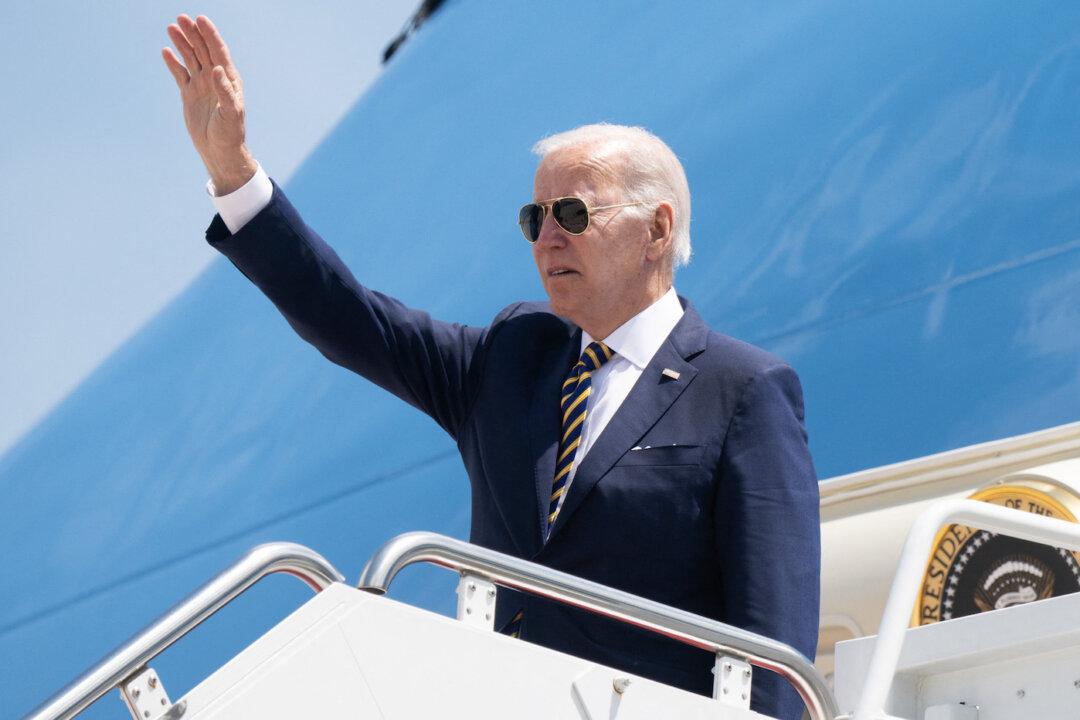U.S. President Joe Biden has left the United States for a six-day trip to South Korea and Japan, his first visit to the Indo-Pacific region as president.
He is expected to arrive in South Korea on Friday evening.

U.S. President Joe Biden has left the United States for a six-day trip to South Korea and Japan, his first visit to the Indo-Pacific region as president.
He is expected to arrive in South Korea on Friday evening.